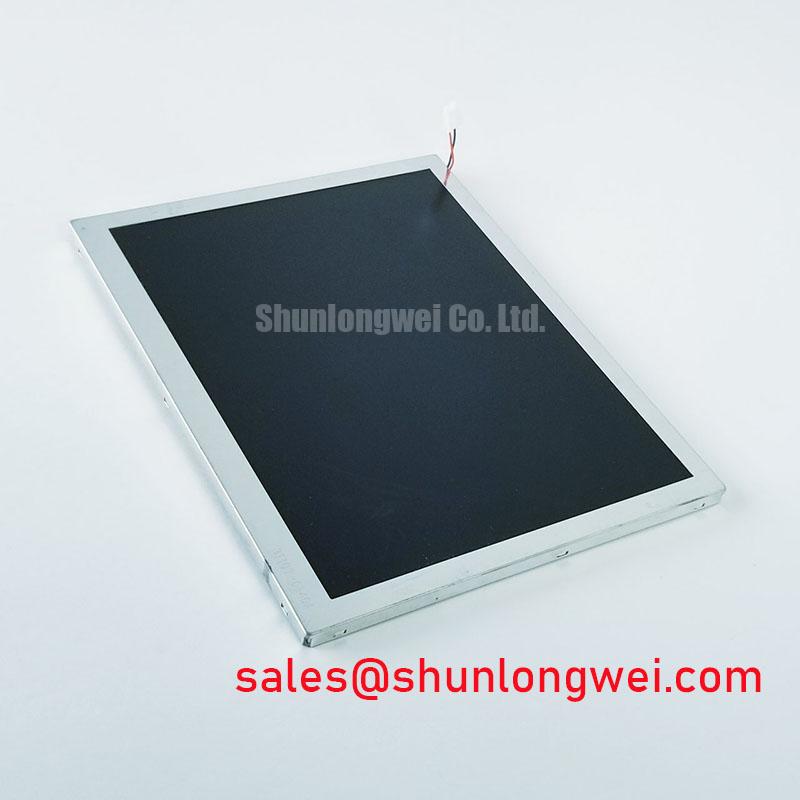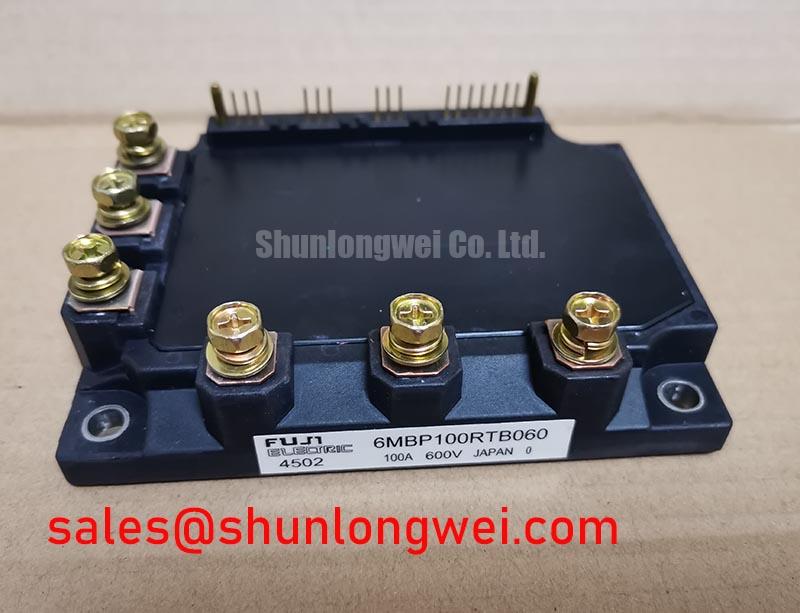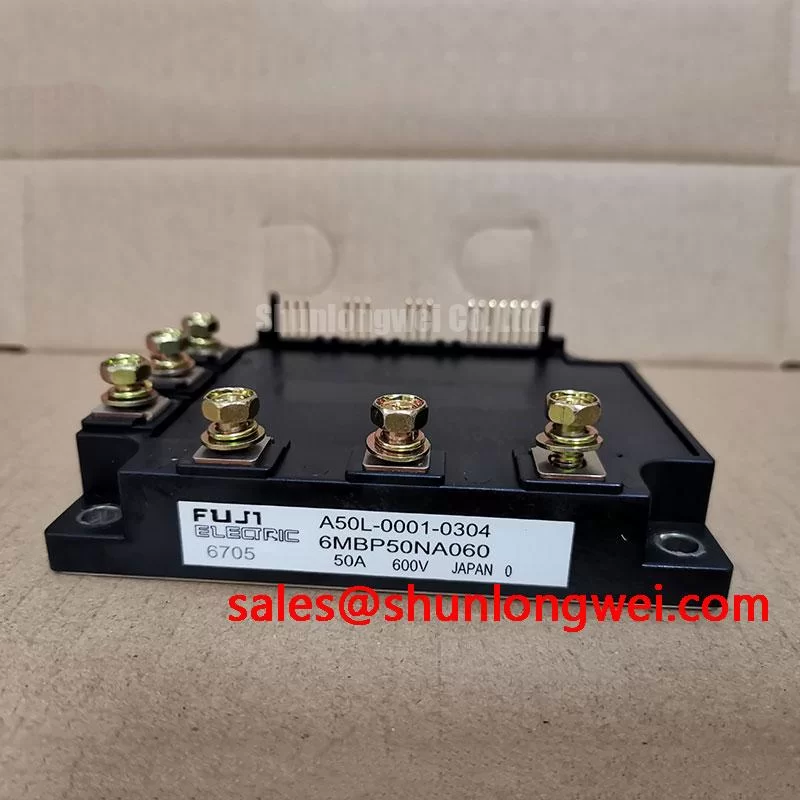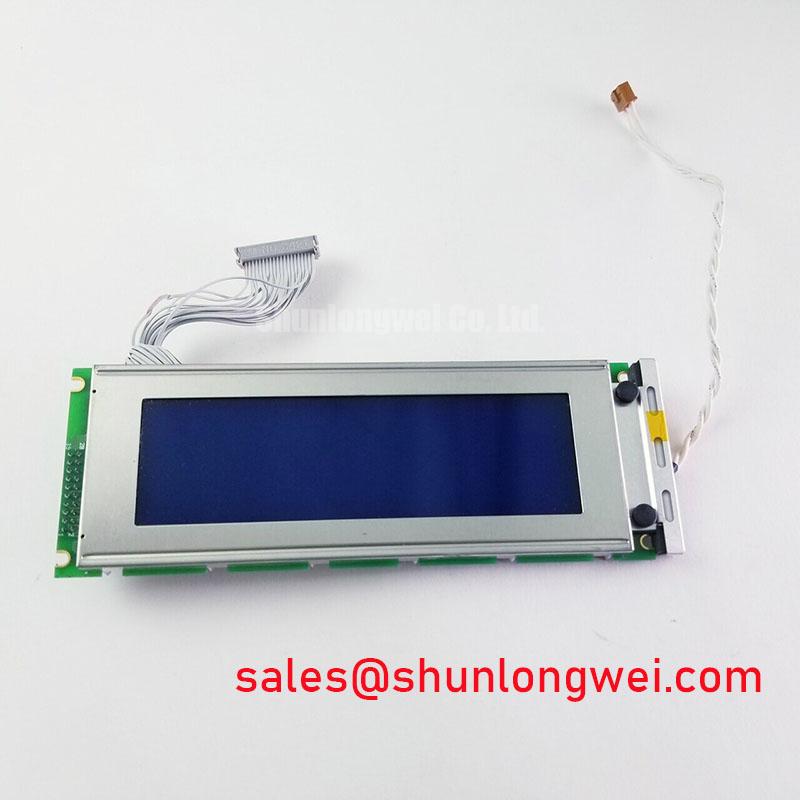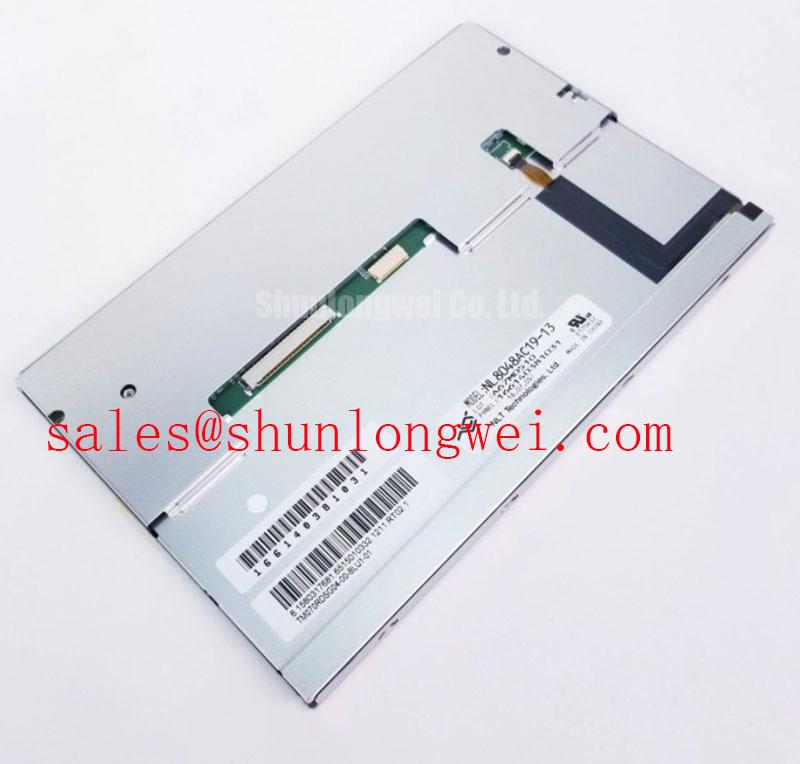LB084S02-TD01: An 8.4-inch SVGA LCD CELL for Custom Industrial Display Integration
Technical Specifications and Engineering Insights for the LG.Philips LCD 800x600 Display CELL
Content last revised on October 15, 2025.
A Foundation for Tailored HMI and Embedded Vision Systems
The LG.Philips LCD LB084S02-TD01 offers a versatile foundation for developing custom display assemblies, providing OEMs with core visual technology unburdened by integrated backlights or housing. Its specifications—8.4" Diagonal | 800x600 SVGA Resolution | Parallel RGB Interface—are tailored for precise system integration. This CELL format delivers two primary engineering benefits: complete architectural freedom for mechanical and illumination design, and seamless compatibility with legacy systems. For engineers needing to match the specific footprint and interface of existing 4:3 industrial panels, this component provides a direct and efficient path. What is the primary benefit of its CELL format? It provides maximum architectural freedom for custom enclosure and backlight designs.
Application Scenarios & Value
System-Level Benefits in Legacy Equipment Upgrades and Specialized Terminals
The LB084S02-TD01 is best utilized in applications where a standard, off-the-shelf display module cannot meet specific mechanical, optical, or environmental requirements. Its value is most evident in the upgrade and maintenance of long-lifecycle industrial equipment. Consider the challenge of retrofitting a CNC machine controller or a medical diagnostic device originally designed in the 4:3 aspect ratio era. A modern widescreen display would require costly and time-consuming modifications to the user interface software and the physical enclosure. The LB084S02-TD01, with its classic SVGA resolution and 4:3 format, provides a drop-in optical core, preserving the integrity of the existing system architecture. This allows engineering resources to be focused on value-added tasks, such as designing a high-brightness, sunlight-readable backlight or a ruggedized, sealed front bezel for harsh environments. This component effectively serves as a blank canvas, enabling the creation of purpose-built human-machine interfaces (HMIs), avionics displays, and portable test equipment. For projects that require a fully integrated solution from the outset, a complete module like the G084SN05 V9 may present an alternative integration path.
Key Parameter Overview
Decoding the Specifications for System Integration
The following parameters are critical for designing the necessary support circuitry and mechanical housing for the LB084S02-TD01. The specifications highlight its suitability for embedded systems requiring direct, straightforward video data transfer and a compact physical footprint.
| Functional Group | Specification | Engineering Implication | |
|---|---|---|---|
| Display Characteristics | Panel Type | a-Si TFT-LCD, CELL | Provides the core liquid crystal assembly, requiring external backlight and driver board. |
| Resolution | 800(RGB)×600, SVGA | Standard 4:3 aspect ratio ideal for legacy industrial UIs and instrumentation. | |
| Active Area | 170.4(H) × 127.8(V) mm | Defines the usable screen real estate for UI design and layout. | |
| Pixel Pitch | 0.213(H) × 0.213(V) mm | A pixel density of 119 PPI, suitable for clear text and graphical elements at typical viewing distances. | |
| Interface & Electrical | Signal Interface | Parallel RGB (1 ch, 6-bit) | Simplifies T-CON and driver board design; compatible with a wide range of microcontrollers and FPGAs. |
| Supply Voltage | 3.3V (Typ.) | Standard logic level voltage, simplifying power rail design in embedded systems. | |
| Mechanical Properties | Outline Dimensions | 183(H) × 141(V) × 1.40(D) mm | Extremely thin profile allows for integration into space-constrained enclosures. |
| Surface Treatment | Antiglare | Reduces reflections from ambient light, improving readability in typical indoor industrial settings. | |
For a complete list of optical and electrical characteristics, refer to the official documentation.
Download the LB084S02-TD01 datasheet for detailed specifications and performance curves.
Technical Deep Dive
The Engineering Case for a CELL-Based Integration Strategy
Opting for an LCD CELL like the LB084S02-TD01 over a fully assembled module is a strategic engineering decision. It can be compared to an automotive engineer choosing a bare engine block over a complete crate motor. The CELL is the "engine block"—the core component that defines the fundamental performance. It grants the system architect complete control over all peripherals: the backlight unit (the "intake/exhaust"), the T-CON board (the "engine control unit"), and the housing (the "chassis integration"). This level of control is essential when designing for non-standard environments. For example, a standard module's backlight may be optimized for 20,000 hours of operation at 25°C, which is insufficient for an industrial panel that must operate 24/7 at 60°C. With a CELL, the engineer can design a custom Backlight Unit (BLU) with high-temperature LEDs and a robust thermal management system to ensure a 50,000-hour-plus operational life, meeting stringent industrial reliability targets.
Furthermore, the legacy-friendly 4:3 aspect ratio addresses a critical challenge in system modernization. Attempting to fit a user interface designed for a 4:3 display onto a 16:9 screen is like trying to project a classic film onto a modern widescreen without adjustment; you are forced to choose between unsightly black bars (wasted space) or a distorted, stretched image that compromises usability and operator precision. The LB084S02-TD01's native SVGA format eliminates this compromise, ensuring that critical GUI elements in a legacy system upgrade are rendered with perfect fidelity.
Frequently Asked Questions (FAQ)
What are the primary design considerations when integrating a bare CELL like the LB084S02-TD01?
Integrating a bare CELL requires a comprehensive approach. The three primary engineering tasks are: 1) Designing or sourcing a compatible timing controller (T-CON) and driver board to manage the Parallel RGB interface. 2) Engineering a custom backlight unit (BLU) that meets the project's specific brightness, color temperature, and lifetime requirements. 3) Fabricating a mechanical bezel and chassis that safely secures the glass CELL and protects it from shock, vibration, and environmental factors.
How does the 6-bit Parallel RGB interface impact system design and performance?
The 6-bit Parallel RGB interface is a straightforward, non-serialized bus that simplifies hardware design and firmware development. It transmits red, green, and blue data for each pixel simultaneously over dedicated lines, along with timing signals like dot clock and sync. This avoids the complexity and potential EMI challenges of high-speed serialized interfaces like LVDS. While its color depth is limited to 262,144 colors, this is perfectly adequate for the vast majority of industrial HMI applications, which prioritize clarity and contrast over photorealistic color reproduction. This interface makes the LB084S02-TD01 an excellent fit for systems driven by cost-effective FPGAs or microcontrollers with integrated display controllers.
System Integration Support
Enabling Your Custom Display Development
The LB084S02-TD01 provides the essential optical component for building robust and reliable display systems. Its standardized resolution and interface offer a predictable path for upgrading existing equipment or developing new, highly specialized products. For technical inquiries regarding driver board compatibility, backlight design, or mechanical integration of the LB084S02-TD01, our team can provide the necessary documentation and support to facilitate your design process.



